They say that imitation is the sincerest form of flattery, but plagiarism is another story.
Disney is renowned for “stealing” ideas, so to speak. For instance, we all know and accept that the vast majority of iconic works distributed by the Walt Disney Animation Studios (Burbank, California) through the years have been directly inspired by preexisting fairytales from long ago. But in those cases, the original writers were long gone by the time Disney got a hold of such works, so copyright infringements and whatnot were never an issue. And we all have to admit that Disney did apply some imaginative ingenuity in “cleaning up” the more gruesome content in the original storylines to create all-new tales (most of which were set to music).
However, there have been several more recent accounts of Disney supposedly plagiarizing other preexisting film works and even directly stealing ideas and pitches from various individuals whose original concepts never saw the light of day. Some people have even unsuccessfully filed lawsuits against Disney for such, with some more widely known allegations regarding Inside Out, Finding Nemo, Zootopia, and many others.
While we at Inside the Magic love Disney movies, there are just some existing works we can’t overlook as having similar content, characters, or storylines to some of our Disney favorites, which “coincidentally” came later. Here are some examples of well-known Disney works that copied other productions.
The Indiana Jones Franchise
The Indiana Jones movie franchise wasn’t initially affiliated with Walt Disney Entertainment, but it still presents an undeniable example of copycatting off of at least two preexisting classic films. The earlier example is China from 1943, which starred Alan Ladd as the fedora and leather coat-wearing protagonist whose last name also happened to be “Jones.” The second was Secret of the Incas from 1954, which starred Charlton Heston. This one includes several in-movie examples in which Indiana Jones and the Raiders of the Lost Ark recreated entire scenes. And you also can’t deny that the characters’ featured wardrobe choices look all too familiar.
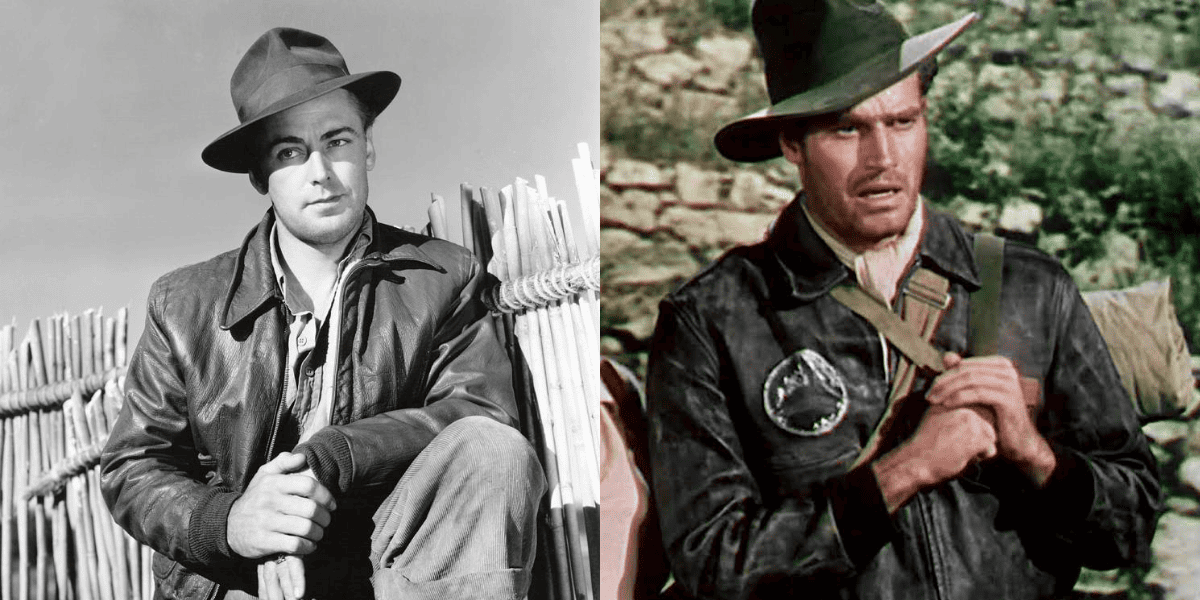
Related: Keeping Up With the Joneses: A Guide to the ‘Indiana Jones’ Franchise
The Little Mermaid (1989)
This isn’t as blatant an example as some others, but it does present an instance of an admitted confession of mimicking a previous work. In this case, however, the copycat team was recycling their own production. The musical team of Alan Menken and Howard Ashman is well-known for many iconic musical numbers in Disney animation. But they’ve also produced songs for other non-Disney works, including the 1986 dark comedy Little Shop of Horrors. So, while creating The Little Mermaid songs for Disney in 1989, they drew on the inspiration of at least one well-known musical number from the former. The song “Somewhere That’s Green” from Little Shop of Horrors and “Part of Your World” from The Little Mermaid really do have many commonalities, even down to the beat and tempo and the fact that they are “want” songs in which a key protagonist sings of an idyllic future she longs for.

Related: Fans Are Loving This New Song From ‘The Little Mermaid’
Monsters, Inc. (2001)
As a kid, I recall seeing an old show called Aaahh!!!! Real Monsters, which aired on Nickelodeon between 1994 and 1997. So, when I first saw the promos for Disney-Pixar’s Monsters, Inc. in 2001, I immediately thought about the aforementioned and wondered how they could get away with such a blatant and obvious rip-off. Even the general story arc about monsters on a mission to scare children in the real world was replicated.
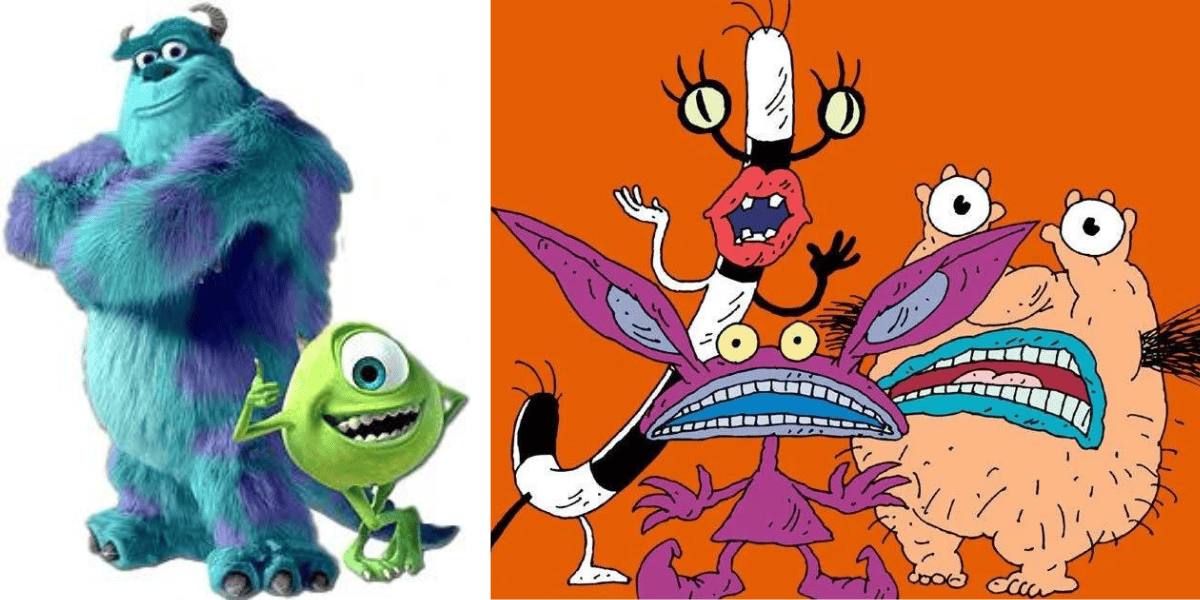
Wall-E (2008)
Did Disney-Pixar’s Wall-E movie really come out in 2008, or was there a precursor more than two decades prior? The plot may be original, but if you watch Wall-E, you can’t help but draw parallels between the titular character’s resemblance to Johnny 5—the robot protagonist from the 1986 film Short Circuit. Wall-E creator Andrew Stanton has denied having consciously created Wall-E in the likeness of Johnny 5, although he also admits to having seen the film once before and agrees that he may have inadvertently been inspired by the former.

Related: Pixar Faces Plagiarism Accusation
Up (2009)
An elderly person escapes a real-world threat by ascending into the sky via a unique balloon method in which the entire house is lifted into the air. This is the premise for Disney-Pixar’s Up, right? Or maybe it’s the storyline for that lesser-known French short made three years previously. Back in 2006, a film student at ESRA named Yannick Banchereau produced his Above Then Beyond. While the two works do feature critical differences, including drastically different endings, the similarities can’t be altogether discarded.
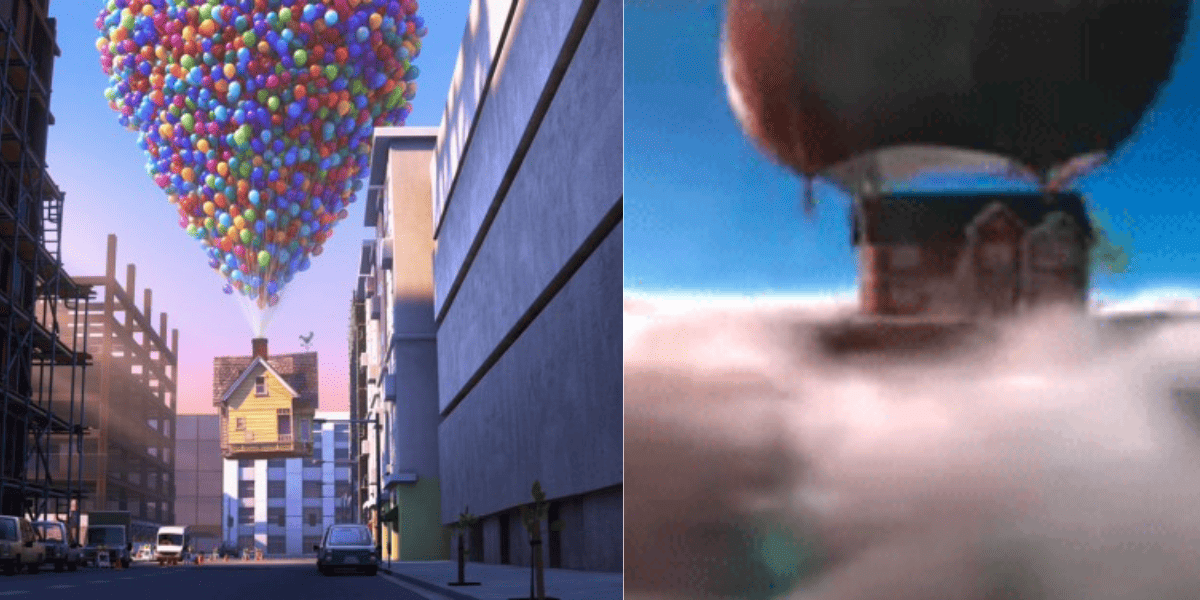
Cars (2006)
If you saw the 1991 film Doc Hollywood you probably experienced a bit of déjà vu when you watched Disney-Pixar’s Cars 15 years later. Sure, the Cars movie characters were all titular vehicles, respectively, and Doc Hollywood was a live-action movie, but nobody can deny the similar plot lines between the two, along with the extremely “high-octane” key players.
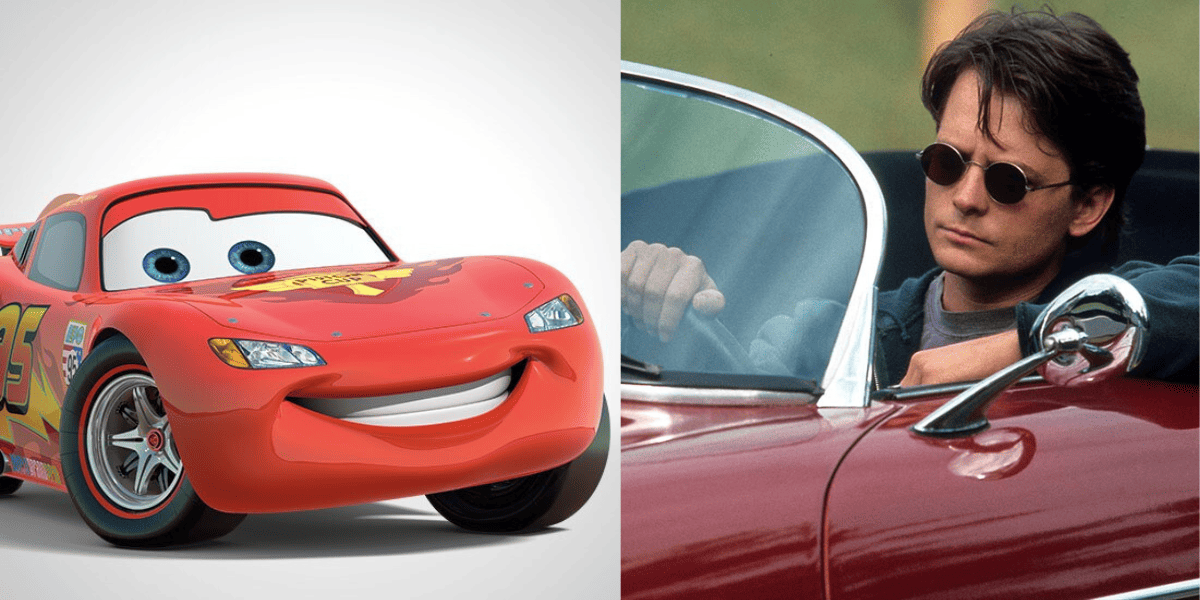
A Bug’s Life (1998)
Remember all that confusion in 1998 surrounding the release of DreamWork’s Antz and Disney-Pixar’s A Bug’s Life just six months later? Things get sticky here because it can be argued that Walt Disney Animation conceptualized a tentative film called Army Ants as early as 1988. But when Jeffrey Katzenberg left the Company following a feud with then-CEO Michael Eisner, he helped to co-found DreamWorks with Steven Spielberg.
The plagiarism finger-pointing got underway while both A Bug’s Life and Antz were still in development. On the Pixar side, though, you had John Lasseter, with his well-known track record of being accused of “stealing” ideas repeatedly.
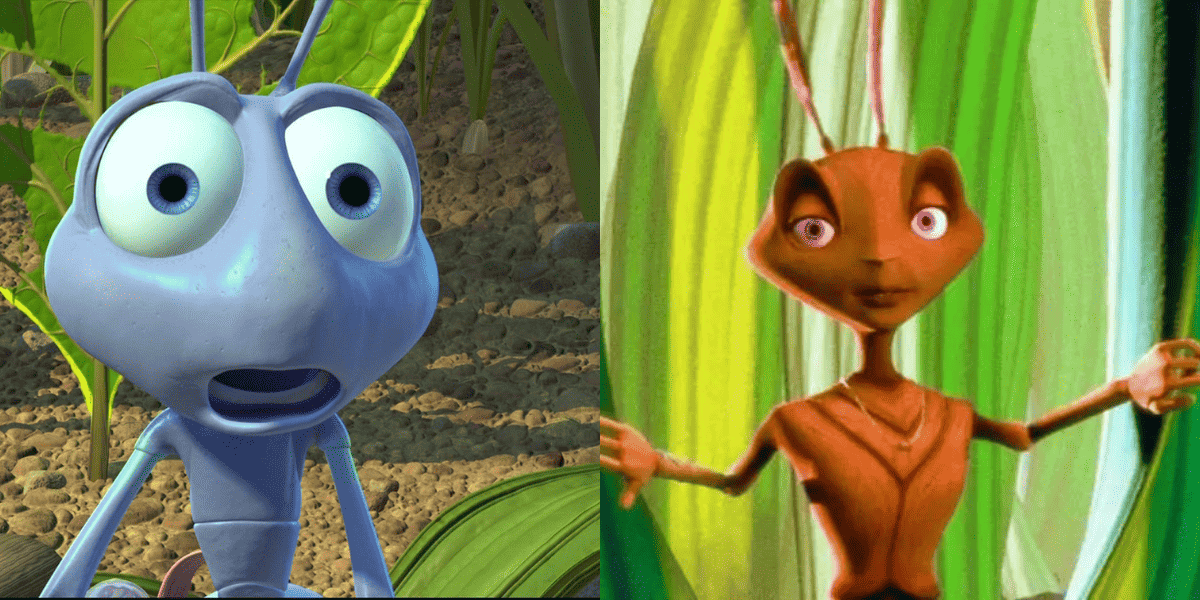
Aladdin (1992)
Disney often credits the 1940 film Thief of Bagdad as the inspiration for the entire Aladdin film series. But another animated work that was never even completed displays other striking similarities. It was The Thief and the Cobbler—a work that started in the 1960s and remained in development for nearly three decades before Aladdin came about. Again, the film wasn’t completed, but we’ve at least seen various formats of the work shown in certain places. And the resemblance is uncanny. Even down to the film’s antagonist Zigzag, we see a hybrid culmination of Jafar and Genie in one. It’s probably no coincidence that many of the animators previously attached to The Thief and the Cobbler were later hired by Disney to work on Aladdin.
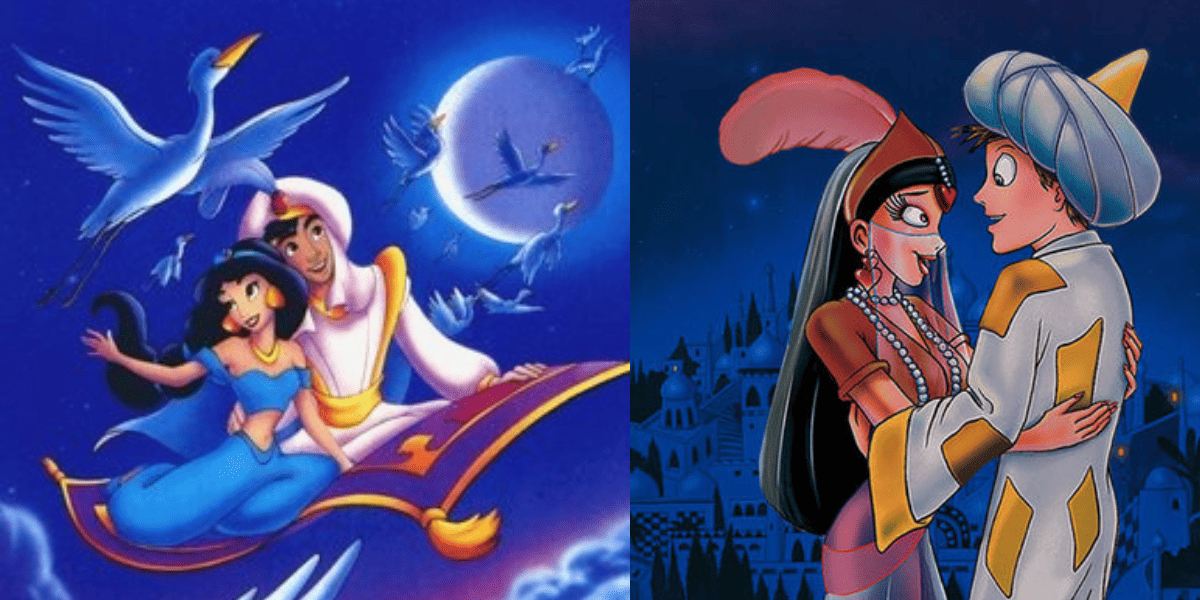
The Lion King (1994)
There is a now-infamous Disney Lion King plagiarism case that is perhaps one of the best-documented examples of Disney drawing on a preexisting work. Disney has often cited the inspiration for The Lion King as being the Shakespearean play Hamlet. But it’s a 1965 animation from Japan (starring a lion, no less) that has many fans scratching their heads. We’re talking about Kimba the White Lion, based on a 1950s Manga series. And truth be told, there are just too many similarities to overlook. Not only do many of the characters in The Lion King have viable counterparts in Kimba the White Lion, but the nearly identical names of the protagonists “Simba” and “Kimba” are just too overt.
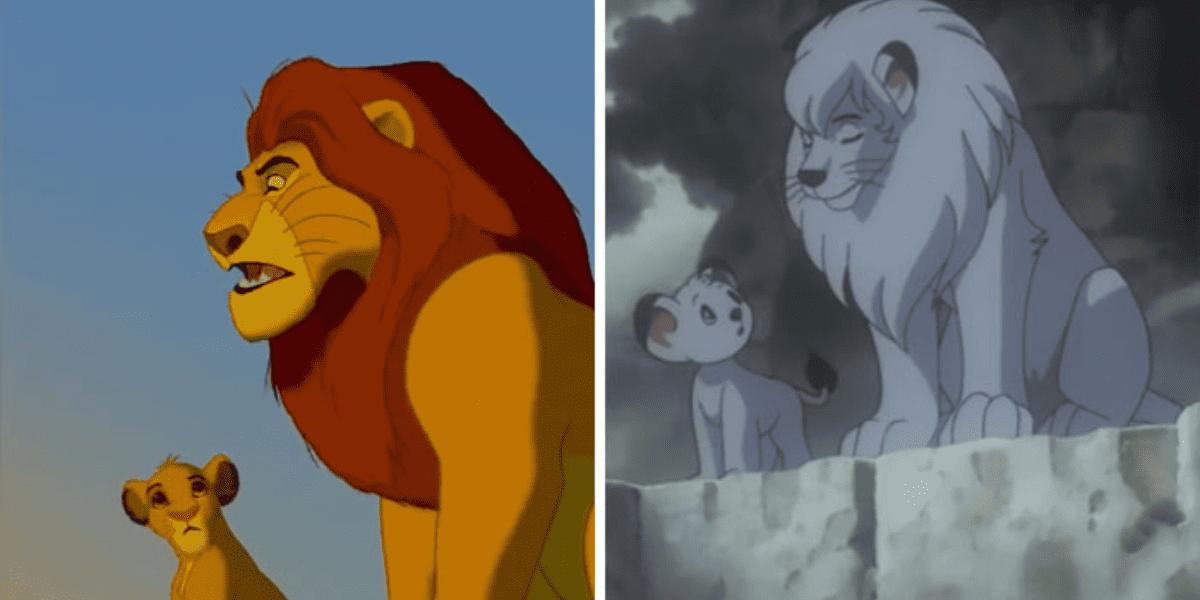
Related: Did Disney steal ‘The Lion King’ from a Japanese animated film?
Can you think of any other examples where Disney has seemingly copied a preexisting work in entertainment? Let us know in the comments.
